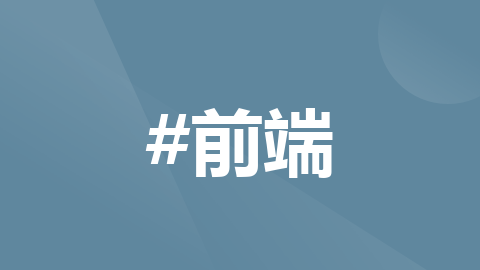
Vue3按顺序调用新增和查询接口
Vue3按顺序调用新增和查询接口
·
一、前言
如果你想将两个调用接口的操作封装在不同的方法中,你可以考虑将这两个方法分别定义为异步函数,并在需要时依次调用它们。以下是一个示例代码:
1、代码
<template>
<div>
<button @click="addAndFetch">新增并查询</button>
<p v-if="loading">加载中...</p>
<div v-if="result">
<h2>{{ result.title }}</h2>
<p>{{ result.body }}</p>
</div>
<p v-if="error">{{ error }}</p>
</div>
</template>
<script>
import { ref } from 'vue';
import axios from 'axios';
export default {
setup() {
const loading = ref(false);
const result = ref(null);
const error = ref('');
// 封装新增接口调用
const addPost = async () => {
try {
const addResponse = await axios.post('https://jsonplaceholder.typicode.com/posts', {
title: 'New Post',
body: 'This is a new post.',
userId: 1,
});
return addResponse.data;
} catch (err) {
throw new Error('新增操作失败');
}
};
// 封装查询接口调用
const fetchPost = async (postId) => {
try {
const fetchResponse = await axios.get(`https://jsonplaceholder.typicode.com/posts/${postId}`);
return fetchResponse.data;
} catch (err) {
throw new Error('查询操作失败');
}
};
// 新增并查询操作
const addAndFetch = async () => {
loading.value = true;
try {
// 调用新增接口方法
const addedPost = await addPost();
// 调用查询接口方法
result.value = await fetchPost(addedPost.id);
} catch (err) {
error.value = err.message;
} finally {
loading.value = false;
}
};
return {
loading,
result,
error,
addAndFetch,
};
},
};
</script>
在这个示例中,我们将新增接口调用封装在 addPost 方法中,将查询接口调用封装在 fetchPost 方法中。然后,在 addAndFetch 方法中依次调用这两个封装的方法,以实现新增并查询的操作。
这种方式使代码更加模块化和可维护,每个方法都负责一个特定的功能,降低了代码的复杂度。
更多推荐
 已为社区贡献2条内容
已为社区贡献2条内容








所有评论(0)